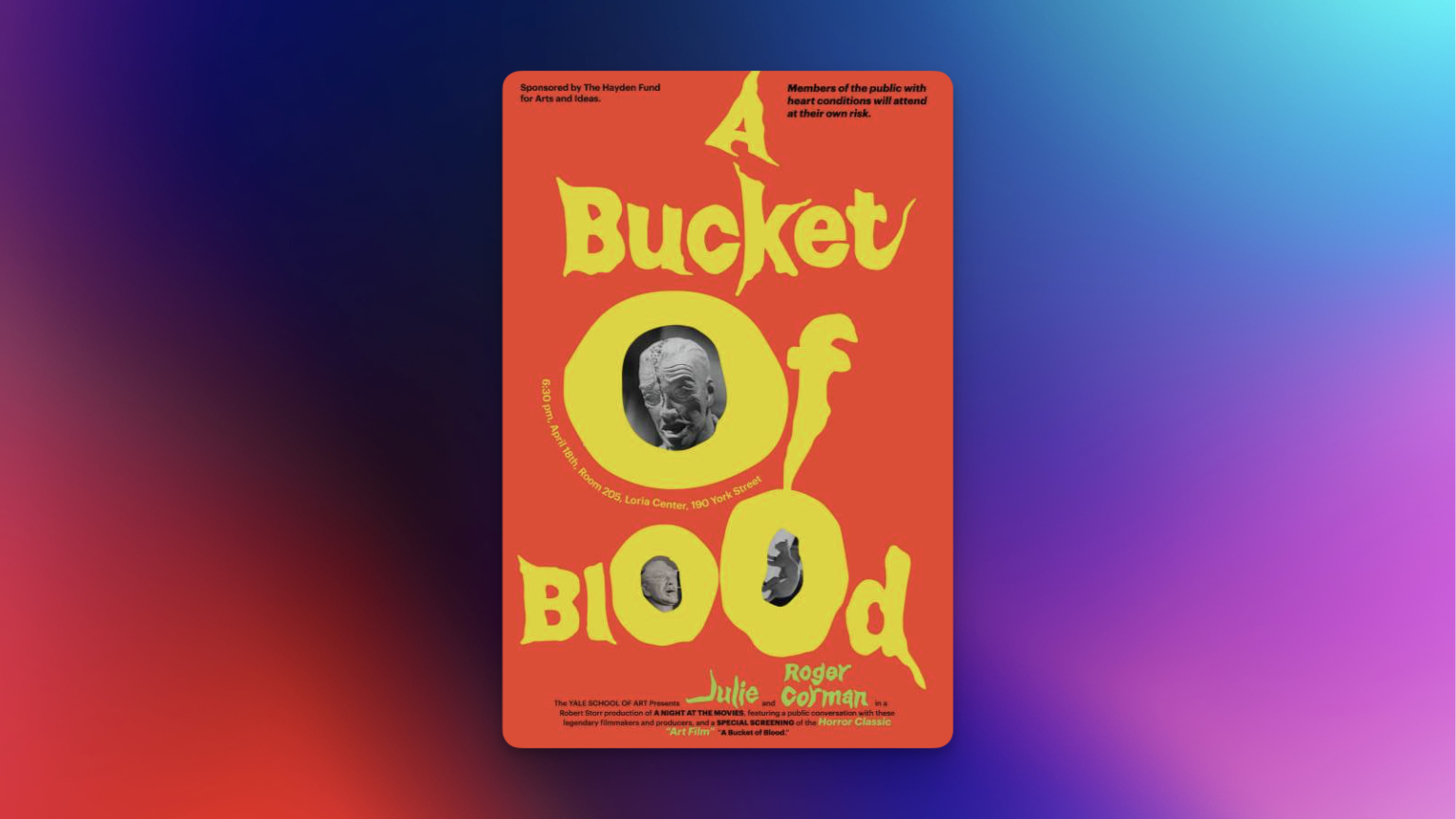Roger Corman’s A Bucket of Blood, a film seemingly as unassuming as its protagonist, Walter Paisley, packs a surprising punch. Like a perfectly mixed cocktail, it blends dark humor, biting satire, and a dash of Grand Guignol into a potent 62-minute brew. While some of the ingredients might have aged slightly, the overall concoction remains intoxicatingly effective.
Dick Miller, bless his cotton socks, delivers a performance of captivating awkwardness as Walter. He embodies the “adorable doofus” archetype with such conviction that we initially find ourselves rooting for him, even as his actions become increasingly disturbing. This is where the film’s brilliance lies: it mirrors the insidious nature of ambition and how easily the desire for acceptance can morph into something monstrous. Walter’s transformation, though swift, is compelling, echoed generations later in the tragically comedic descent of figures like Breaking Bad’s Walter White. In their own darkly humorous ways, both Walters stumble into infamy, driven by a potent cocktail of insecurity and ego.
Corman masterfully skewers the pretensions of the beatnik art scene, portraying its denizens as a collection of posers more concerned with appearances and the next paycheck than genuine artistic expression. Their desperation for validation, for a piece of the cultural pie, is palpable, making them both amusing and pathetic. This satire, though rooted in the anxieties of the late 1950s, still resonates today, offering a timeless commentary on the fickle nature of fame and the absurdities of the art world.
Despite being filmed in black and white, A Bucket of Blood is surprisingly vibrant. Corman uses evocative language and imagery – the recurring motif of the “yellow door,” the stark contrast of blood against monochrome – to paint a vivid picture in the viewer’s mind. This clever use of language compensates for the lack of color, creating a world that feels both real and slightly surreal.
The film’s brisk pacing is a virtue. At a mere 62 minutes, it never outstays its welcome. Every scene serves a purpose, propelling the narrative forward with an efficiency often absent in today’s bloated blockbusters. While I admire the tight narrative focus, I can’t help but feel certain threads could have been further explored. The landlady, for instance, hints at a deeper, more complex story that remains tantalizingly just out of reach.
While the practical effects initially impress, particularly the detail in the early clay sculptures, the quality noticeably dips towards the climax. Walter’s final creation feels rushed and almost amateurish. Whether this was a budgetary constraint or a deliberate choice to reflect Walter’s deteriorating mental state is open to interpretation, but it does slightly detract from the overall visual impact.
These are quibbles, minor flaws that do little to diminish the film’s overall impact. A Bucket of Blood is a self-assured piece of filmmaking, a darkly comedic gem that knows exactly what it wants to be and achieves it with aplomb. It might not be a film that stays with you long after the credits roll, but it certainly offers a fun and frivolous reflection on the nature of art, the allure of fame, and the terrifyingly thin line between adoration and obsession. It’s a bucketful of brilliance, and one well worth dipping into.

